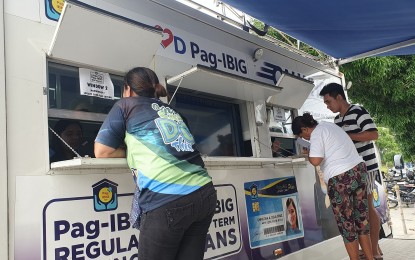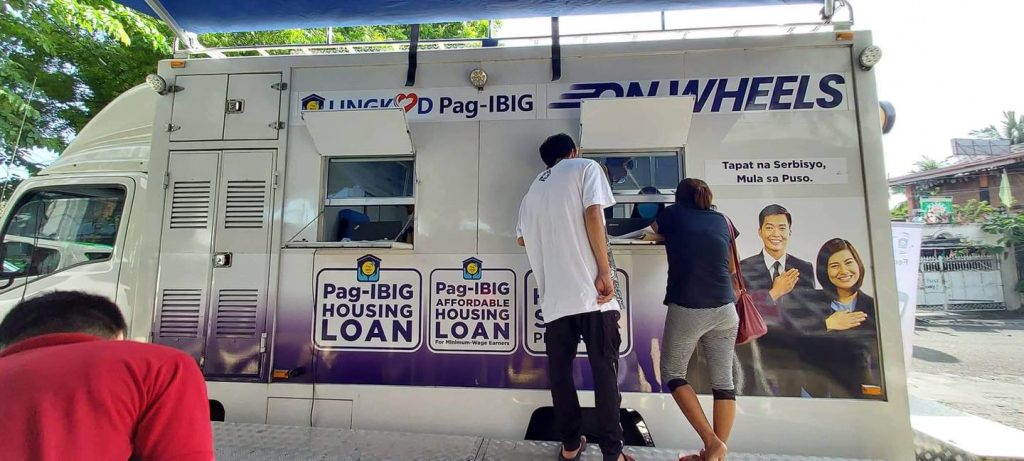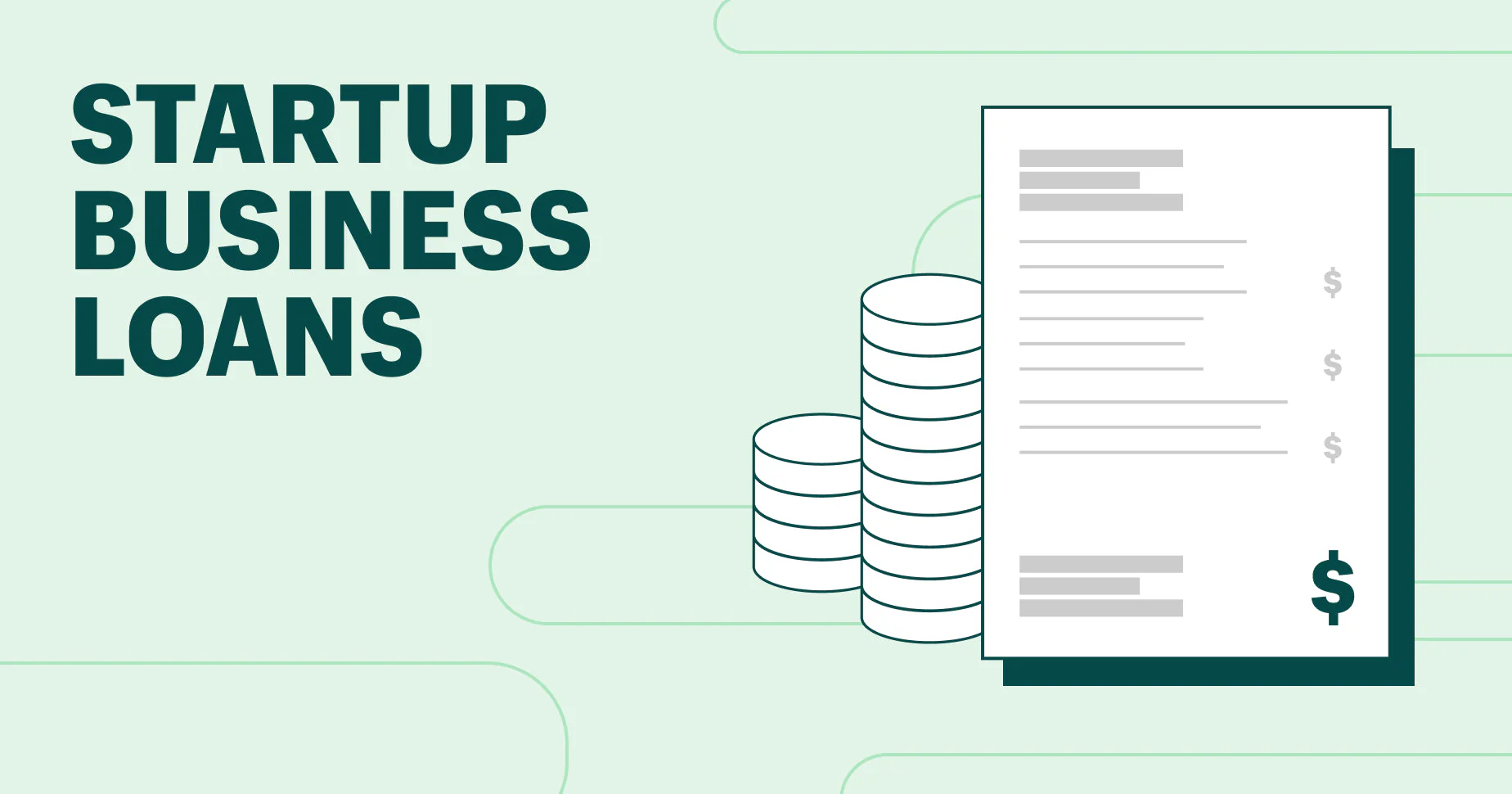Navigating the landscape of personal finance in the Philippines often leads to considering the most popular and accessible options, and the Pag-IBIG Fund is at the top of that list. Primarily known for its home loans and housing-related programs, many members wonder if this government-mandated fund can also be utilized for other significant purchases, such as a vehicle. While the Pag-IBIG Fund is a powerful tool for its members, it’s crucial to understand the specific scope of its offerings before you make plans. A direct answer to this common question will help you make a more informed decision and explore the most suitable financing option for your car.
Exploring the Mandate of the Pag-IBIG Fund
The Pag-IBIG Fund was established with a clear and distinct purpose: to provide a national savings program and affordable housing finance for its members. This core mission dictates the types of loan products it offers. While the fund has expanded its services over the years to include other types of assistance, all of its loans are designed to align with its primary mandate. It is a government-regulated entity, meaning its loan products are not as flexible or as diverse as those of private financial institutions. Understanding this foundational principle is the first step in knowing what you can and cannot use a Pag-IBIG loan for.
The Pag-IBIG Multi-Purpose Loan (MPL)
The Multi-Purpose Loan (MPL) is Pag-IBIG’s most versatile cash loan, allowing members to borrow against their total accumulated value (TAV) or contributions. Unlike a housing loan, the MPL provides a lump sum of cash that can be used for a variety of personal needs. Its official guidelines list a broad range of approved purposes, including home improvements, medical emergencies, tuition fees, and even capital for a small business. The multi-purpose nature of the loan means the funds are disbursed directly to the member, who then has the flexibility to use them as they see fit. This is the only type of Pag-IBIG loan that could, in theory, be used for a vehicle purchase.
However, while the MPL is a cash loan, it is not a dedicated vehicle financing solution. Banks and other private lending companies offer specific car loans that are tailored for purchasing a vehicle, often with different interest rates and terms. The MPL’s interest rate of 10.5% per annum is higher than the typical rate for a secured car loan, and the maximum loanable amount is limited to 80% of your total Pag-IBIG savings, which may not be enough to cover the cost of a car. Furthermore, the maximum loan term is only up to 3 years, which results in much higher monthly payments compared to the typical 5- to 7-year terms of a standard auto loan.
While there is no strict rule against using the MPL proceeds to buy a vehicle, it is not the most practical or financially sound choice. The amount you can borrow and the short repayment term make the MPL better suited for smaller, immediate financial needs rather than a long-term, high-value purchase like a car. The high monthly amortization can place a significant strain on your finances, especially when compared to the more competitive and flexible terms offered by a dedicated auto loan. Therefore, while the MPL is a valuable resource, it is important to weigh its limitations against your specific financial needs.
Alternative Financing for Your Vehicle
Since the Pag-IBIG Fund does not offer a dedicated car loan, it is necessary to explore other financial avenues to secure the funds for your vehicle purchase. The Philippine banking industry provides a robust and competitive market for auto loans, with various features and benefits designed specifically for this purpose. Understanding these alternatives will help you find a more suitable and financially advantageous loan that meets the unique requirements of buying a car.

Comparing Auto Loans with Banks and Private Lenders
Banks and private lending institutions are the primary providers of auto loans in the Philippines. Unlike a Pag-IBIG loan, a bank auto loan is a secured loan, which means the vehicle you are purchasing serves as collateral. This is why banks can offer a lower interest rate, as the collateral mitigates their risk. Auto loans typically offer much longer repayment terms, often ranging from 1 to 5 years, and in some cases, up to 7 years. These longer terms result in lower monthly amortization, making the payments more manageable and easier to integrate into your household budget.
When you apply for an auto loan, banks will also often partner with car dealerships, providing a seamless process that combines the vehicle purchase with the financing. The dealership can assist you with the application, ensuring that all the necessary documents are in order and that the process is as smooth as possible. In addition, many banks offer pre-approval for auto loans, allowing you to know your financing capacity before you even step into a dealership. This gives you a significant advantage in negotiating the best deal for your new car and provides peace of mind that your financing is secured.
The final key advantage of a bank auto loan over a Pag-IBIG MPL is the overall loan amount. While a Pag-IBIG loan is limited to your personal contributions, a bank auto loan can finance a significant portion of the vehicle’s selling price, often up to 80% or 90%. This means you only need to provide a relatively small down payment, allowing you to acquire a more expensive vehicle without having to save up a large sum of money. The combination of lower interest rates, longer terms, and higher loanable amounts makes bank auto loans the far superior choice for vehicle financing in the Philippines.
Conclusion
In short, while you can technically use the cash proceeds from a Pag-IBIG Multi-Purpose Loan to acquire a vehicle, it is not the intended or most efficient use of the funds. The Pag-IBIG Fund’s core mission is centered on housing, and its short-term loans are better suited for immediate, smaller-scale financial needs. For a significant and long-term investment like a vehicle, a dedicated auto loan from a commercial bank is the most financially prudent choice. It offers more competitive interest rates, longer repayment terms, and higher loanable amounts, making your car purchase more manageable and affordable in the long run.













